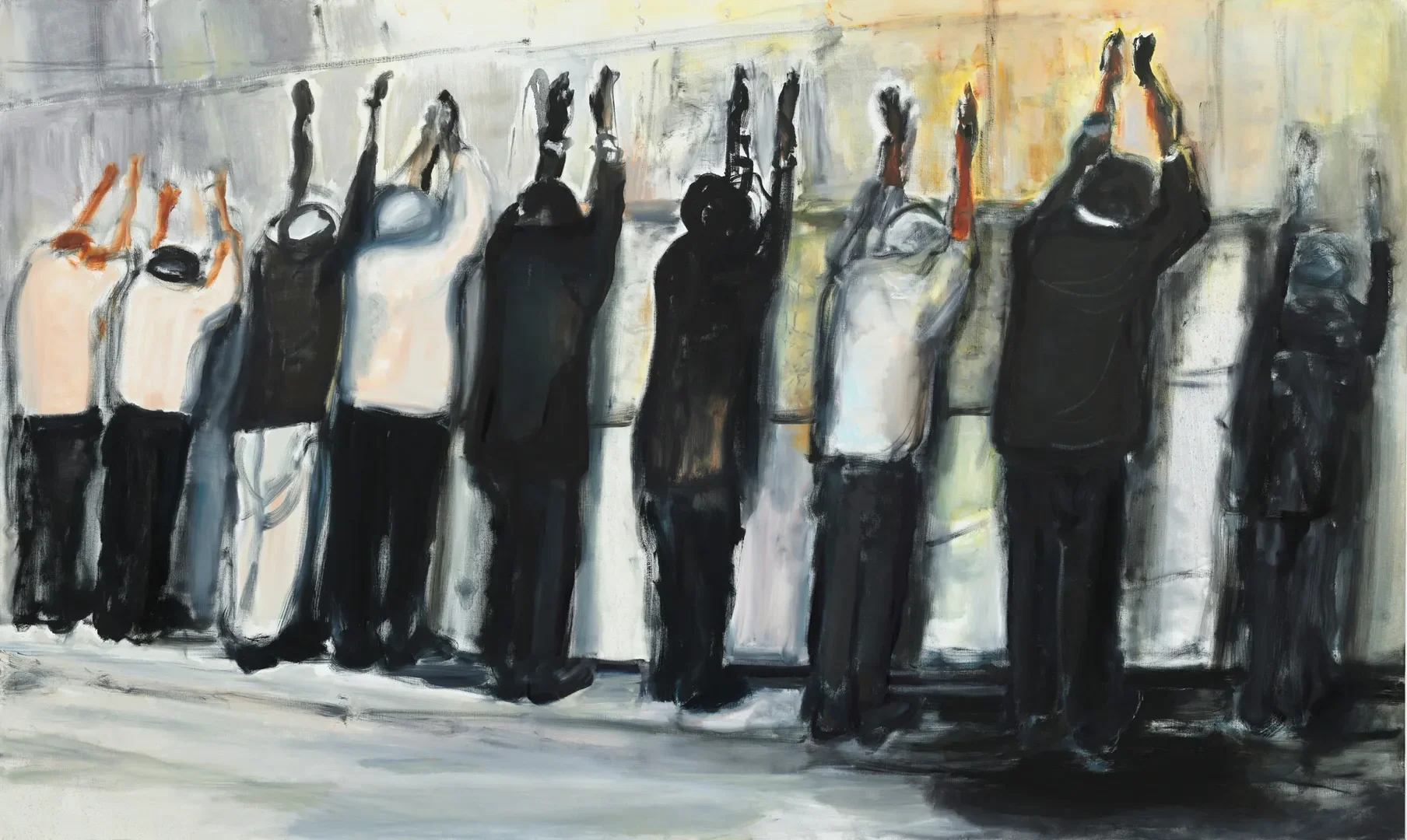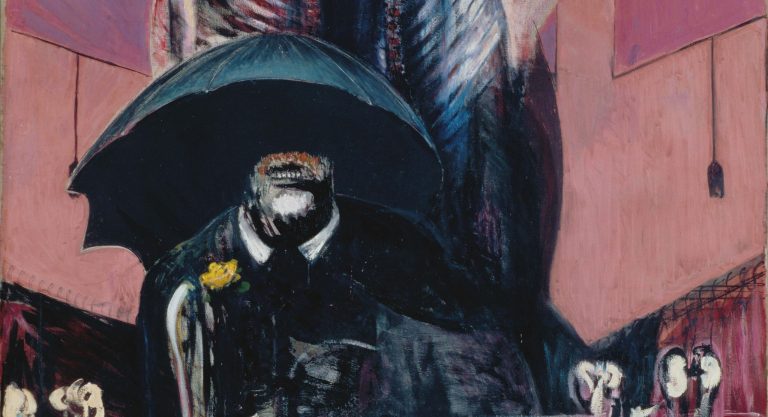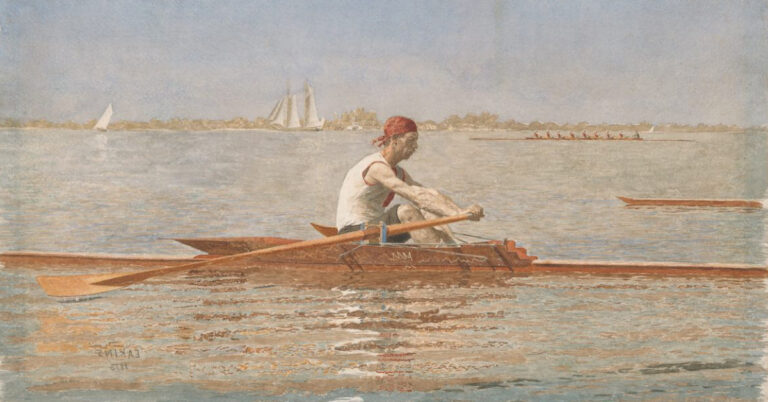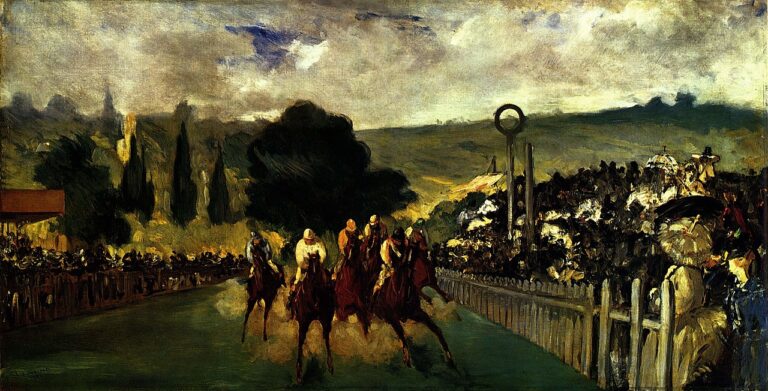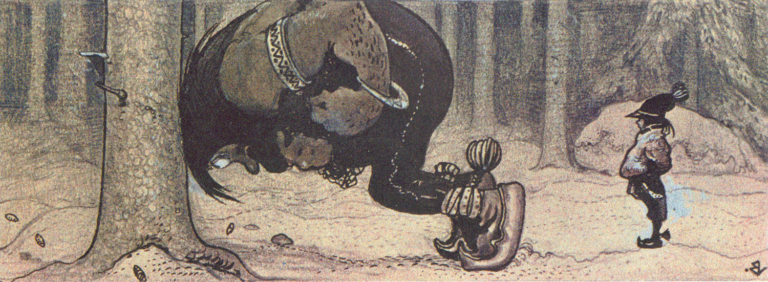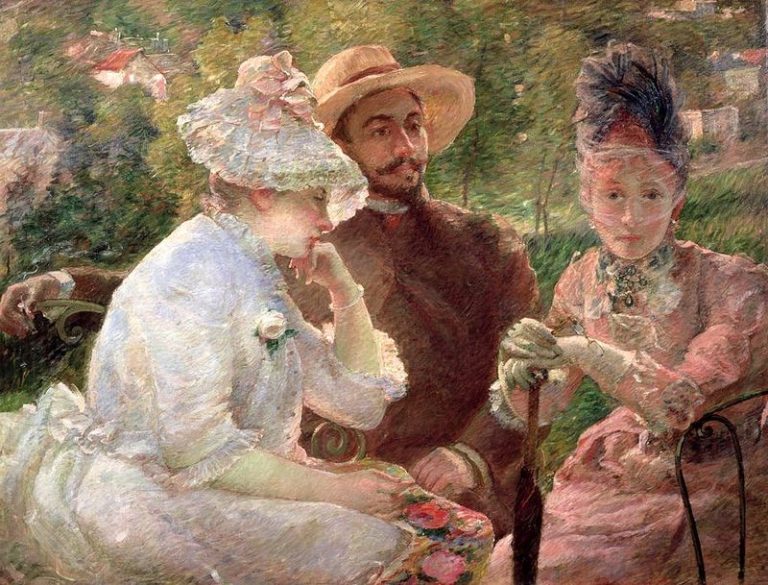Marlene Dumas Painter: A Master of Emotional Portraiture in Contemporary Art
Born: 3 August 1953, Cape Town, South Africa
Art Movement: Contemporary Art
Nationality: South African
Influenced By: Luc Tuymans
Institution: University of Cape Town and Ateliers ’63
Marlene Dumas Painter: A Master of Emotional Portraiture in Contemporary Art
Life and Career of Marlene Dumas
Marlene Dumas is one of the most influential artists of the 21st century. Her journey from South Africa to becoming a renowned painter in the Netherlands spans decades of artistic development and evolution.
Early Years in South Africa
Born on August 3, 1953, in Cape Town, South Africa, Marlene Dumas grew up on a wine farm. She was the third child of Helena Sophia Mans and Petrus Johannes Dumas. Her early life was marked by tragedy when her father died when she was just 12 years old.

Love Your Neighbor, 1994, by Marlene Dumas
Dumas showed artistic promise early on and pursued formal education in fine arts. She attended the University of Cape Town, where she studied art during the apartheid era. This political and social context would later influence her work’s themes of identity, race, and representation.
Her formative years in South Africa provided her with unique perspectives that would become central to her artistic vision. The complex social dynamics of her homeland stayed with her even after she left the country.
Move to Amsterdam and Artistic Development
In 1976, Dumas made a significant life change by moving to Amsterdam, Netherlands. This move came at a pivotal moment in her career and personal development.
Amsterdam became her permanent home, where she continues to live and work today.
The European art scene exposed Dumas to new influences and opportunities. She developed her distinctive style focusing on portraiture and figurative painting. Her work often uses photographs and media images as source material, transforming them into emotionally charged paintings.
Dumas works primarily with oil on canvas and ink on paper. Her paintings are known for their psychological intensity and exploration of difficult themes including death, desire, race, and sexuality. Her technique often features fluid brushwork and a limited color palette.
Influence and Teaching
Dumas has become one of the most influential painters of her generation. Her work has been featured in major museums worldwide, including the Museum of Modern Art (MoMA). Art critics consider her a significant voice in contemporary figurative painting.
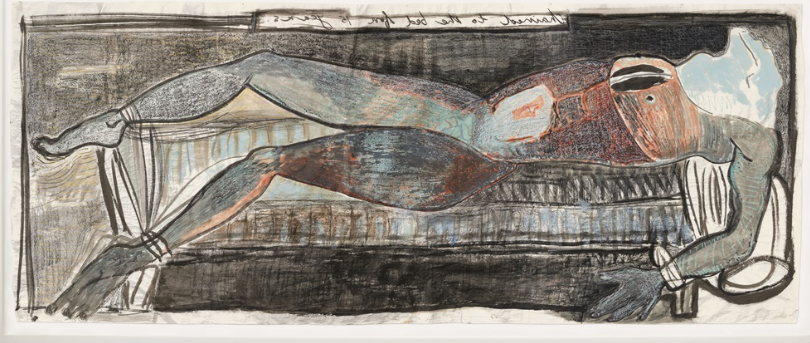
Chained to the Bed for 15 Years, 1986–1987, by Marlene Dumas
Beyond her own artistic practice, Dumas has shared her knowledge through teaching. She has mentored younger artists and contributed to the development of painting in the Netherlands. Her approach challenges traditional representations of the human figure.
Her South African background and European career give her work a unique cross-cultural perspective. This dual influence has allowed her to address complex issues of representation with nuance and depth.
Artistic Style and Themes
Marlene Dumas creates powerful figurative works characterized by expressive brushwork and emotionally charged subject matter. Her distinctive style features fluid, often thinly applied paint with a muted color palette that conveys psychological depth.
Exploration of Identity and the Human Form
Dumas’s paintings often depict the human body in raw, vulnerable states. She portrays figures with a haunting quality, using loose brushstrokes and dripping paint to create emotionally resonant images.
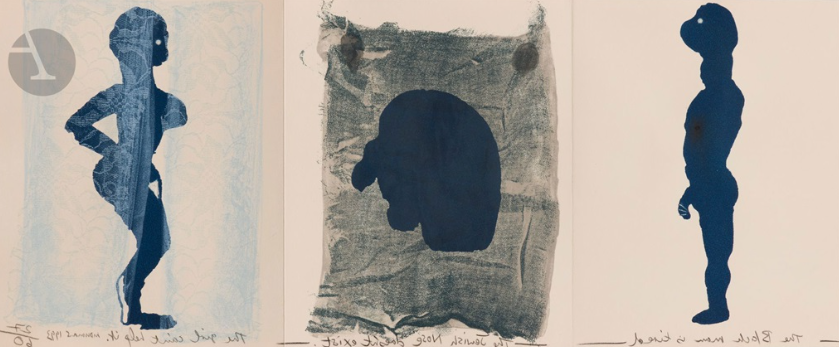
The Black Man is Tired; The Jewish Nose Doesn’t Exist; The Girl Can’t Help It, 1993
Her work challenges traditional representations of the human form. Rather than idealized bodies, Dumas presents figures that appear vulnerable, flawed, and deeply human. This approach reflects her interest in exploring the complexity of identity.
During her career, Dumas has addressed the human condition through various lenses. She frequently paints children, exploring themes of innocence and its loss. Her nudes aren’t sensual objects but complex beings that confront viewers with questions about existence.
Interplay of Sexuality and Censorship
Sexuality figures prominently in Dumas’s work, often presented in ways that challenge societal taboos. Her explicit paintings force viewers to confront their own responses to depictions of the human body.
She regularly examines the tension between desire and shame. Many works feature nude figures in intimate or compromising positions, yet they resist simple categorization as either erotic or obscene.
Dumas’s treatment of sexuality also addresses power dynamics and censorship. She has created series addressing pornography, exploring how sexual imagery is produced and consumed. These works question who controls representations of the body and how these images shape our understanding of sexuality.
Portraiture and Political Issues
Dumas frequently uses portraiture to engage with political and social issues. Growing up in apartheid-era South Africa profoundly influenced her perspective on oppression and injustice.
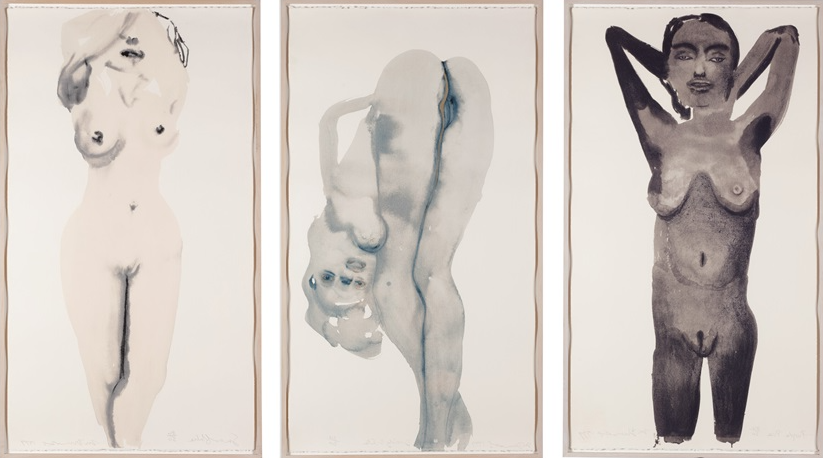
Purple Pose, Dorothy D-Lite, and Snowflake by Marlene Dumas
Her portraits often feature individuals marginalized by society or affected by political violence. Rather than documentary-style representations, these works capture emotional and psychological states, revealing the human impact of political systems.
Death appears as a recurring theme, with Dumas creating portraits of both famous and anonymous deceased subjects. These memento mori paintings explore mortality while questioning how we collectively remember or forget certain deaths.
Through her politically charged work, Dumas addresses guilt, terror, and complicity. Her paintings ask viewers to consider their own relationship to systems of power and oppression, making her art both personally intimate and politically relevant.
Exhibitions and Recognitions
Marlene Dumas has established herself as one of the most influential contemporary painters through numerous prestigious exhibitions globally. Her provocative work has earned her significant recognition in major art institutions and collections worldwide.
Key Solo Exhibitions
Marlene Dumas has held several groundbreaking solo exhibitions throughout her career. At the Museum of Modern Art (MoMA) in New York, she presented “Measuring Your Own Grave” from December 2008 to February 2009, a significant showcase of her portrait work.
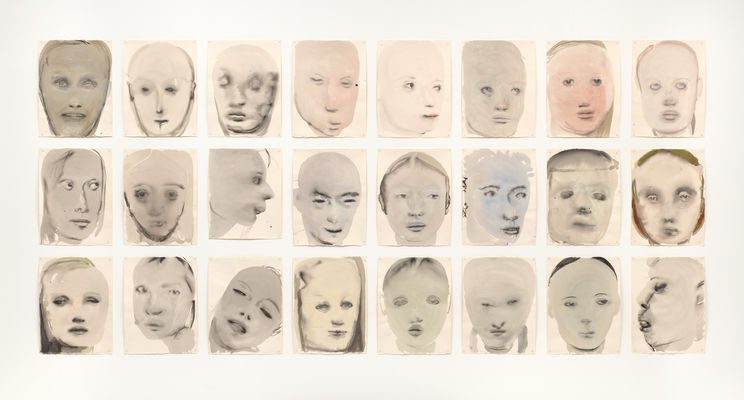
Chlorosis (Love Sick), 1994, by Marlene Dumas
In 2014, the Stedelijk Museum Amsterdam hosted “The Image as Burden,” a major solo exhibition that highlighted her unique approach to figurative painting. This exhibition traveled to Tate Modern in London, further cementing her international reputation.
More recently, Frith Street Gallery in London announced “Mourning Marsyas” for September to November 2024, demonstrating her continued relevance in contemporary art circles.
Prominent Group Shows and Biennales
Dumas has participated in numerous prestigious group exhibitions that highlight her importance in the contemporary art world. Her work appeared in the Venice Biennale, where her emotionally charged paintings drew significant attention.
Her paintings often appear alongside other prominent contemporary artists, creating dialogues about representation, identity, and the human condition. Gallery summer shows, like those at Frith Street Gallery, regularly include her work among carefully curated selections.
Her distinctive style, which often incorporates recognizable figures from popular culture and history, has made her paintings standout elements in group exhibitions focusing on portraiture and figurative art.
Major Retrospectives and Collections
Dumas’ work resides in numerous prestigious institutions worldwide. The Tate Modern, MoMA, and New Museum all include her paintings in their permanent collections, recognizing her significant contribution to contemporary art.
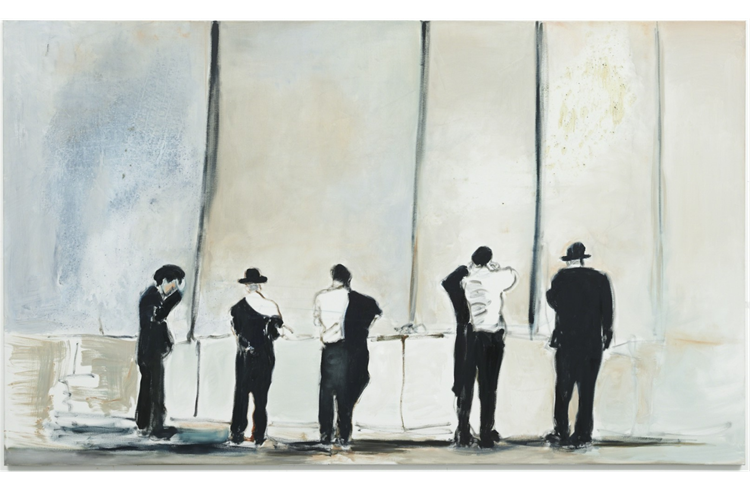
The Wall, 2009, by Marlene Dumas
In 2014-2015, her major retrospective traveled from the Stedelijk Museum to Tate Modern and then to Fondation Beyeler in Switzerland. This comprehensive exhibition solidified her position in art history by presenting works spanning her entire career.
Dumas has received numerous awards recognizing her artistic achievements, including:
- Düsseldorf Art Prize (2007)
- Rolf Schock Prize in the Visual Arts (2011)
- Johannes Vermeer Award (year unspecified)
These honors reflect her profound impact on contemporary painting and her ongoing influence on the international art scene.
Frequently Asked Questions
Marlene Dumas stands as one of the most influential painters of our time, known for her unique approach to portraiture and provocative themes. Her work sparks curiosity about her techniques, background, and artistic vision.
What techniques does Marlene Dumas employ in her painting process?
Dumas works with a distinctive painting style characterized by thin layers of paint applied with fluid, broad brushstrokes. She often uses cool colors like blues and greys to create her haunting figures.
Her method intentionally reveals the painting process itself. As Dumas states, “painting has to show its method, how it becomes what it is.”
She typically works from photographs rather than live models, transforming these references into emotionally charged paintings that feel both intimate and estranged.
Can you outline the biography of Marlene Dumas highlighting her major milestones?
Born in 1953 in Cape Town, South Africa, Dumas grew up during apartheid, which influenced her perspective on race and human relationships.
She moved to the Netherlands in the 1970s to study at the Ateliers ’63 in Haarlem, and later settled in Amsterdam where she continues to live and work.
By the 1980s, Dumas began gaining international recognition for her figurative paintings that explore complex social and psychological themes.
Throughout the 1990s and 2000s, her reputation solidified as she became one of the most significant painters of her generation.
What are some of the most notable themes depicted in Marlene Dumas’ drawings?
Dumas consistently explores themes of race, sexuality, violence, and death in her drawings and paintings. Her work often confronts viewers with uncomfortable realities.
She creates unnervingly intimate portraits that challenge social norms and examine human vulnerability. The body serves as a political and emotional landscape in her art.
Her subjects range from anonymous figures to celebrities, each treated with the same unflinching gaze that reveals deeper truths about humanity.
Where can one find Marlene Dumas’ prints, and what are their distinguishing features?
Dumas’ prints can be found in major museums including the Museum of Modern Art (MoMA) in New York and various contemporary art galleries worldwide.
Her prints share the same emotional intensity as her paintings, often featuring faces and figures that convey psychological complexity with minimal details.
Limited edition prints by Dumas have become highly sought after by collectors, with values increasing as her reputation has grown in the contemporary art market.
How has Marlene Dumas contributed to the intersection of watercolor and contemporary art?
Dumas has elevated watercolor from a traditionally decorative medium to a powerful tool for contemporary expression. Her watercolor works possess the same emotional depth as her oil paintings.
She often uses watercolor for its transparency and immediacy, creating works that feel both vulnerable and direct. The medium allows her to achieve a ghostly quality that enhances her exploration of memory and presence.
Her innovative approach to watercolor has influenced many contemporary artists to reconsider the expressive possibilities of this traditional medium.
Could you list prominent exhibitions or collections where Marlene Dumas’ work has been featured?
Dumas’ work has been featured in major retrospectives at institutions like the Museum of Modern Art in New York, the Tate Modern in London, and the Stedelijk Museum in Amsterdam.
Her paintings are included in permanent collections at the Centre Pompidou in Paris, the Museum of Contemporary Art in Los Angeles, and numerous other prestigious institutions worldwide.
In 2008, her painting “The Visitor” sold for $6.3 million, setting a record for a living female artist at that time and demonstrating her significant place in the art market.

